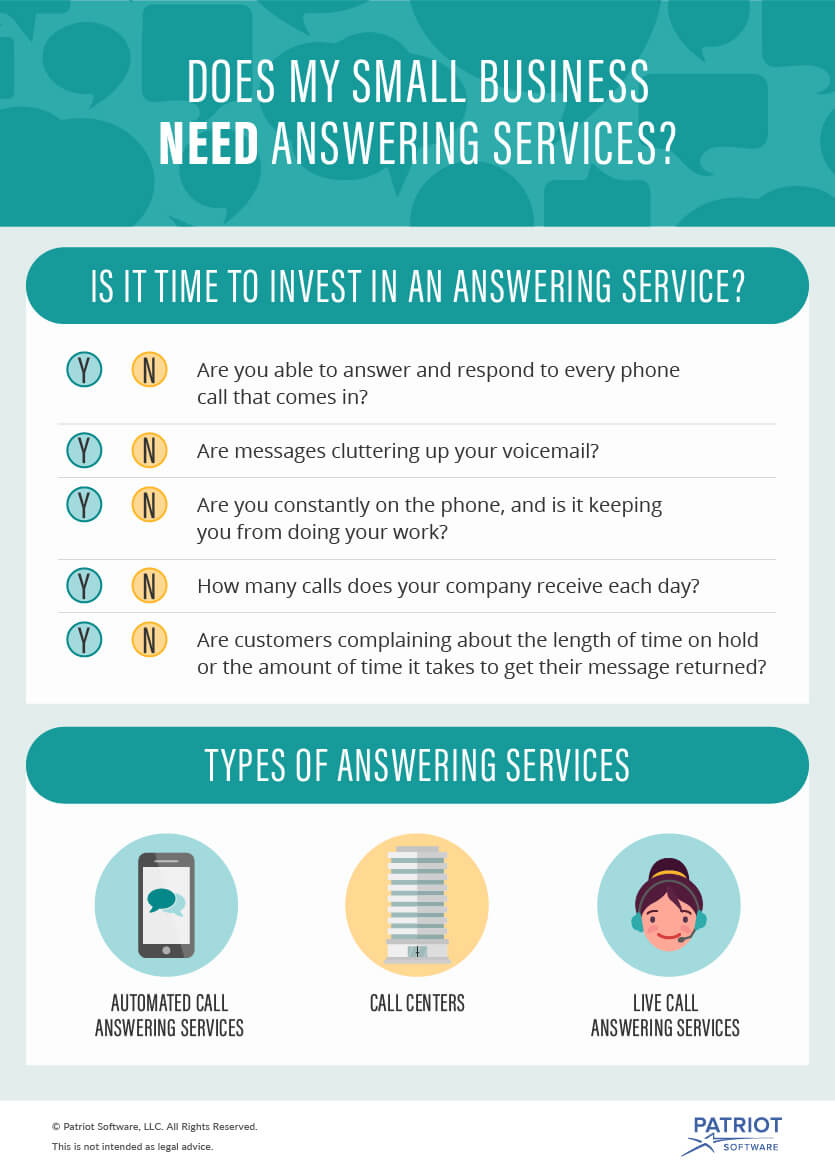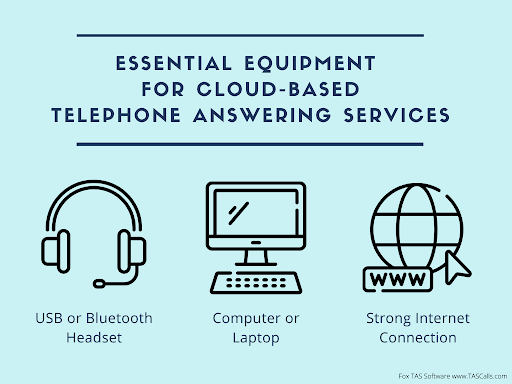All Categories
Featured
Table of Contents
- – Which Is The Best Concierge Service To Buy
- – What Is The Best Melbourne Telephone Answering...
- – Which Is The Best Telstra Voice Features & Ser...
- – Which Is The Best What Is An Answering Servic...
- – What Is The Best What Is A Phone Answering Se...
- – What Is The Best 10 Sectors That Can Benefit...
Which Is The Best Concierge Service To Buy
This device and its followers were developed by Sava Jacobson, an electrical engineer with a private consulting organization. While early answering makers utilized magnetic tape technology, many contemporary devices uses strong state memory storage; some gadgets utilize a combination of both, with a solid-state circuit for the outbound message and a cassette for the incoming messages.
"toll conserving" listed below) (business answering service). This works if the owner is screening calls and does not wish to talk to all callers. In any case after going, the calling party needs to be notified about the call having actually been answered (in a lot of cases this starts the charging), either by some remark of the operator, or by some welcoming message of the little, or resolved to non-human callers (e.
This holds particularly for the Little bits with digitally kept welcoming messages or for earlier makers (before the increase of microcassettes) with an unique endless loop tape, separate from a 2nd cassette, dedicated to recording. There have actually been answer-only devices without any recording abilities, where the greeting message had to notify callers of a state of current unattainability, or e (answering service).
What Is The Best Melbourne Telephone Answering Service : Virtual Reception To Buy Right Now

about availability hours. In taping Littles the greeting generally contains an invitation to leave a message "after the beep". A voice mail that uses a microcassette to tape messages On a dual-cassette answerphone, there is an outgoing cassette, which after the defined number of rings plays a pre-recorded message to the caller.

Single-cassette answering machines consist of the outgoing message at the beginning of the tape and incoming messages on the staying area. They initially play the announcement, then fast-forward to the next available area for recording, then record the caller's message. If there are many previous messages, fast-forwarding through them can cause a considerable hold-up.
This beep is often referred to in the greeting message, requesting that the caller leave a message "after the beep". Little bits with digital storage for the taped messages do disappoint this hold-up, of course. A TAD might provide a push-button control facility, where the answerphone owner can sound the home number and, by entering a code on the remote telephone's keypad, can listen to tape-recorded messages, or erase them, even when far from home.
Which Is The Best Telstra Voice Features & Services - Home Phone Company

Thereby the maker increases the variety of rings after which it responds to the call (generally by two, leading to four rings), if no unread messages are currently kept, but answers after the set variety of rings (usually 2) if there are unread messages. This permits the owner to discover out whether there are messages waiting; if there are none, the owner can hang up the phone on the, e.
Some devices likewise enable themselves to be remotely triggered, if they have actually been switched off, by calling and letting the phone ring a particular large number of times (generally 10-15). Some provider desert calls already after a smaller sized variety of rings, making remote activation impossible. In the early days of TADs a special transmitter for DTMF tones (dual-tone multi-frequency signalling) was regionally needed for push-button control, because the previously used pulse dialling is not apt to convey proper signalling along an active connection, and the dual-tone multi-frequency signalling was implemented step-by-step.
Any inbound call is not recognizable with respect to these homes in advance of going "off hook" by the terminal devices. So after going off hook the calls need to be switched to appropriate gadgets and only the voice-type is instantly available to a human, but perhaps, nonetheless need to be routed to a LITTLE BIT (e.
Which Is The Best What Is An Answering Service? Company
What if I informed you that you do not have to actually pick up your device when answering a customer call? Someone else will. So convenient, ideal? Addressing call does not require someone to be on the other end of the line. Efficient automated phone systems can do the trick just as effectively as a live representative and often even better.
An automatic answering service or interactive voice action system is a phone system that interacts with callers without a live individual on the line - phone answering. When business use this technology, consumers can get the response to a question about your organization merely by utilizing interactions set up on a pre-programmed call flow.
Although live operators update the client service experience, many calls do not require human interaction. An easy taped message or instructions on how a client can retrieve a piece of information usually fixes a caller's instant requirement - virtual telephone answering service. Automated answering services are a simple and reliable method to direct inbound calls to the best person.
What Is The Best What Is A Phone Answering Service, And How Does It Work? Available
Notification that when you call a company, either for assistance or product inquiry, the first thing you will hear is a pre-recorded voice welcoming and a series of alternatives like press 1 for consumer service, press 2 for inquiries, and so on. The pre-recorded options branch off to other options depending on the customer's choice.
The phone tree system assists direct callers to the right individual or department using the keypad on a smart phone. In some circumstances, callers can use their voices. It's worth keeping in mind that auto-attendant alternatives aren't restricted to the ten numbers on a phone's keypad. Once the caller has actually chosen their very first choice, you can create a multi-level auto-attendant that uses sub-menus to direct the caller to the ideal type of assistance.
The caller does not have to communicate with a person if the auto-attendant phone system can handle their concern. The automated service can path callers to an employee if they reach a "dead end" and require support from a live representative. It is costly to hire an operator or executive assistant.
What Is The Best 10 Sectors That Can Benefits From A Phone Answering Service On The Market Now
Automated answering services, on the other hand, are significantly less expensive and offer substantial expense savings at an average of $200-$420/month. Even if you don't have actually dedicated staff to manage call routing and management, an automated answering service improves performance by enabling your group to focus on their strengths so they can more effectively invest their time on the phone.
A sales lead routed to client service is a lost shot. If a consumer who has product questions reaches the incorrect department or receives incomplete responses from well-meaning employees who are less trained to deal with a particular type of concern, it can be a reason for disappointment and dissatisfaction. An automated answering system can decrease the number of misrouted calls, thereby helping your staff members make better use of their phone time while maximizing time in their calendar for other jobs.
With Automated Answering Systems, you can develop an individualized experience for both your personnel and your callers. Make a recording of your primary greeting, and just update it frequently to reflect what is going on in your company. You can produce as many departments or menu choices as you desire.
Table of Contents
- – Which Is The Best Concierge Service To Buy
- – What Is The Best Melbourne Telephone Answering...
- – Which Is The Best Telstra Voice Features & Ser...
- – Which Is The Best What Is An Answering Servic...
- – What Is The Best What Is A Phone Answering Se...
- – What Is The Best 10 Sectors That Can Benefit...
Latest Posts
Custom Phone Answering
Reliable Virtual Phone Answering Near Me
Sought-After Real Estate Answering Service – Melbourne 3008
More
Latest Posts
Custom Phone Answering
Reliable Virtual Phone Answering Near Me
Sought-After Real Estate Answering Service – Melbourne 3008